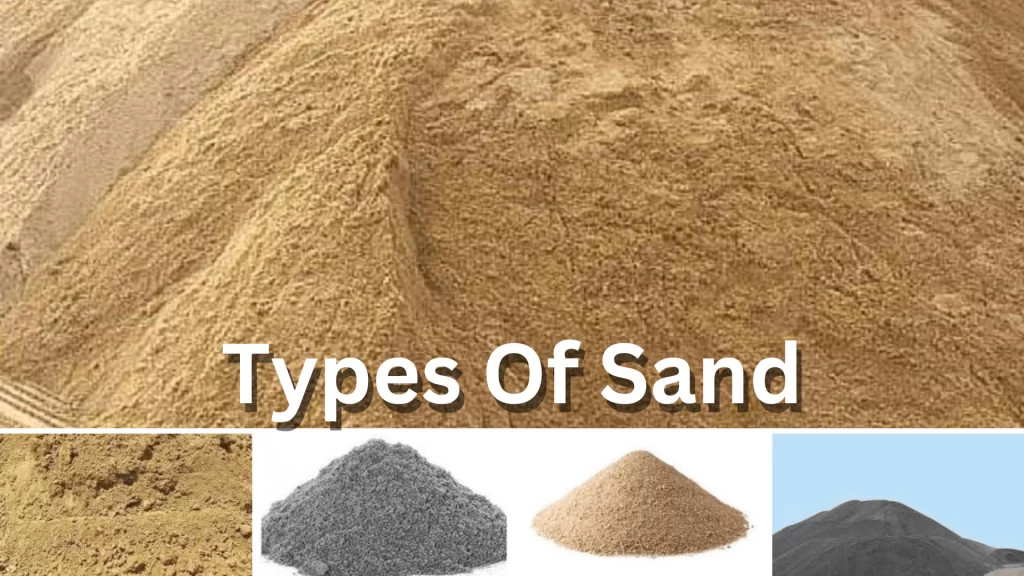Sand plays a pivotal role in construction, finding application in a myriad of tasks ranging from concrete blends to masonry endeavors. It’s imperative to grasp the nuances of the diverse sand types used in construction, as each exhibits unique characteristics influencing its suitability for specific tasks.
In this blog, we embark on an exploration of the manifold types of sand employed in construction, delving into their properties and typical uses. By discerning the disparities among these sand variants, builders and construction experts can adeptly select the most fitting sand for each task, thereby ensuring optimal strength, durability, and overall quality in their projects. Simultaneously, readers gain insight into various facets of construction.
Types of Sand for Construction
In construction, various types of sand are preferred for specific applications due to their distinct characteristics. Let’s explore the different types commonly used:
1. River Sand
River sand is naturally occurring, sourced from riverbeds. Its smooth, rounded particles make it highly workable, and ideal for precise tasks like bricklaying, plastering, and concrete mixing.
2. Concrete Sand
Concrete sand is specially manufactured for concrete mixtures, known for its coarse texture. It facilitates good drainage, making it perfect for creating strong and durable structures like foundations, driveways, and sidewalks.
3. Pit Sand (Coarse Sand)
Pit sand, or coarse sand, is sourced naturally and has a gritty texture that sets it apart from river sand. It’s used for surface leveling, bedding material for pavement stones, and laying pipes and utilities.
4. M-sand (Manufactured Sand)
M-sand is produced by crushing hard rocks, closely resembling natural river sand. It’s highly valued for its consistent particle size and quality, widely used in concrete production, plastering, and general construction.
5. Utility Sand
Utility sand, also known as fill sand, boasts a coarse texture ideal for easy compaction. It’s primarily used for filling voids or trenches in construction projects, aiding in landscaping, pipe bedding, and filling excavated areas.
6. Fill Sand
Fill sand, similar to utility sand, offers good drainage and ease of compaction. It’s essential for filling large voids or areas in projects such as building foundations and road construction.
These sand types are selected based on their unique characteristics and specific applications, ensuring construction projects meet both structural and functional requirements. While river sand and concrete sand are suitable for most applications, pit sand, utility sand, or fill sand may be more appropriate for specialized purposes. M-sand provides an environmentally friendly alternative to river sand.
In summary, the choice of sand types in construction significantly impacts the quality and longevity of structures. Whether it’s river sand, concrete sand, pit sand, or M-sand, each variety serves a unique function, be it in masonry, concrete production, backfilling, or leveling. Understanding the differences between these sands empowers you to make informed decisions tailored to your project’s needs. Our commitment to quality and reliability makes us the ideal choice for your construction needs. With a range of high-quality products and a dedication to customer satisfaction, we ensure that your projects are built to last. Trust SRMPR Cements for excellence in every construction endeavor.



